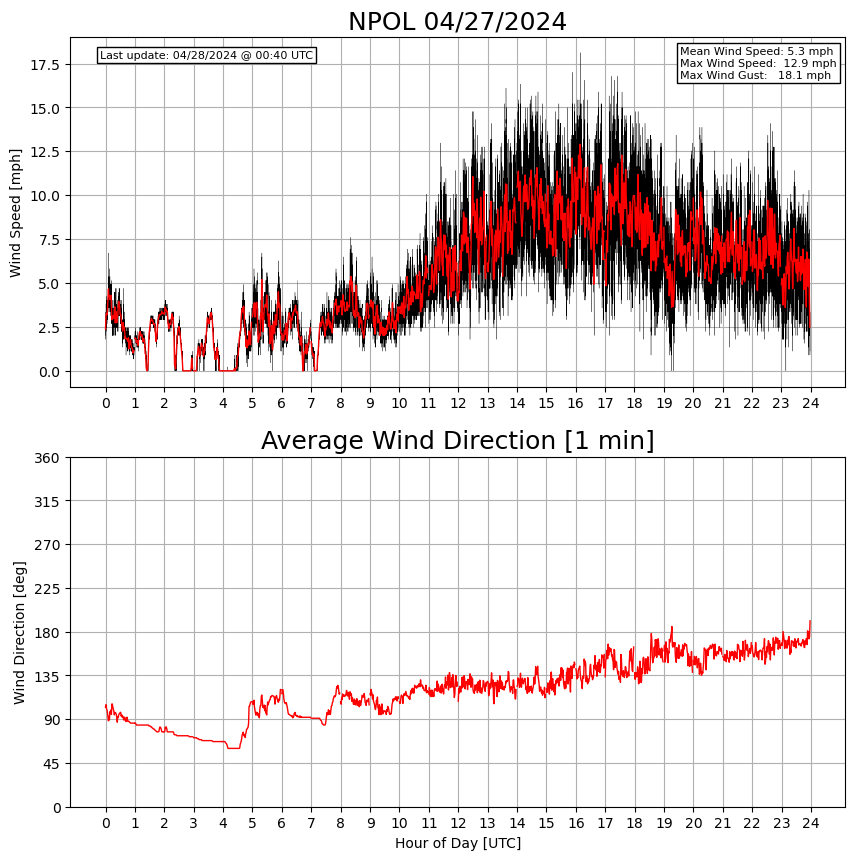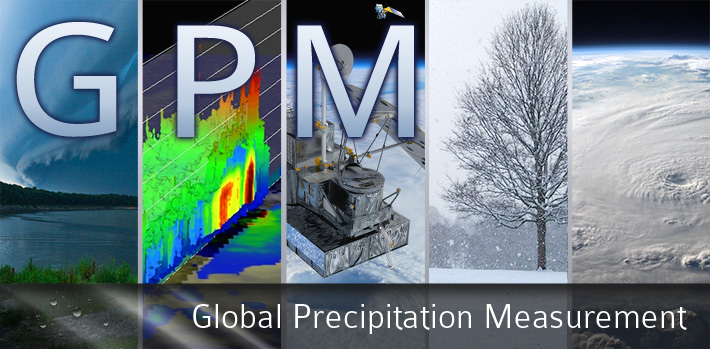NPOL: GPM Precipitation Science Research Facility
NASA S-Band Dual-Polarimetric Radar (NPOL)


|
|
NPOL is NASA\'s premier weather radar. It is one of only two mobile S-band
dual-polarization radars (the other being NCAR\'s SPOL). When not being
deployed for PMM/GPM field campaigns, it is operated near NASA Wallops
Flight Facility in Newark, MD.
NPOL has a wavelength of 10.65 cm, an operating frequency of 2700-2900 MHz,
variable PRF of 500 and 1000 Hz with a 0.95 degree beam width. NPOL can
operate with both horizontal and vertical polarization in both simultaneous
and alternating modes. The radar has a prime-focus parabolic reflector which
is 8.5 m in diameter and is housed on five sea-tainers. When readied for
deployment, the entire radar and antenna system is stored within the five
seatainers.
The image to the right shows a network of rain gauges and disdrometer deployed
in the NPOL domain. All of these instruments are being used to help validate
GPM satellite over an area of 0.5 degrees latitude x 0.5 degrees latitude.
Click on on the image to see a higher resolution map of the network.
|
Latest NPOL Imagery
PPI Images
RHI Images
Archived NPOL Animations and Plots
NOTE:
Radar imagery on this page was generated using
PyART
Helmus, J.J. and Collis, S.M., 2016. The Python ARM Radar Toolkit (Py-ART),
a Library forWorking with Weather Radar Data in the Python Programming Language.
Journal of Open Research Software, 4(1), p.e25. DOI: http://doi.org/10.5334/jors.119.
Radar Calibration Information
BirdBath Scan [Zdr cal]

|
Use the pull down menu to display a monthly BB NPOL Calendar.
|
Zh & Zdr Calibration

|
Use the pull down menu to display a monthly Zh & Zdr Calibration Plot.
|
GPM uses both Self-consistency and comparisons between
disdrometers and the radar to provide estimates of the absolute calibration.
Click here to view historical NPOL Bias plots.
Wind Speed and Direction

Latest MRR Image

Pointing Accuracy
| The pointing accuracy of the NPOL antenna is monitored by
analyzing daily SunCal scans. These plots are generally run twice daily, once in the
morning and the other in later afternoon, which provides additional detail on the
level of the dish.
The plots to the right show the time series of estimated pointing error, as
determined by the SIGMET SolarCal utility for Azimuth (top) and Elevation (bottom).
Click on the image to see an expanded image. The blue triangles represent the
AM scans, while the red triangles represent the PM scans. Ideally, these would
be centered +/- some delta around zero, so an offset indicates a possible
actual pointing issue.
More SunCal info
|

|
Latest Quasi-Vertical Profile
A quasi-vertical profile (QVP) is a conical scan at 20.0 degrees
elevation. The reflectivity, differential reflectivity, correlation,
and differential phase are azimuthally averaged by range bin, and are
presented in a height-versus-time format. A height of 10 km is
approximately 30 km range from NPOL (see figure). Per Ryzhkov et al.
2016, the temporal evolution of microphysical processes that govern
precipitation is a key benefit to this methodology. Through this
technique, NPOL will be monitoring characteristics and behavior of the
melting layer, regions of dendritic growth, riming, and snow aggregation
with high vertical resolution. Comparisons with vertically looking
remote sensors such as the Micro-Rain-Radar (MRR) and the GPM
Dual-Frequency Precipitation Radar (DPR) will be performed for
validation within the atmospheric column.
More QVP info
|

|
Data Availability & NPOL Precipitation Events
|
|
Use the pull down menu to display a monthly NPOL Event plot.
Use the pull down menu to display a yearly NPOL Event plot.
|
Notes on the Hydrometeor Identfication Images
The HID product is generated using software provided by Colorado State University
and is based on the continued work of
Dolan et al. (2013).
|














